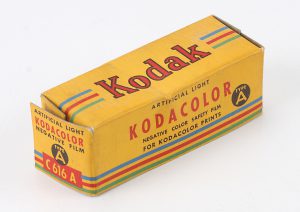
On December 8, 1941 the Eastman Kodak Company released a brand new color negative film called Kodacolor.
If that date sounds familiar, it’s because the day before was the day the Japanese bombed Pearl Harbor, launching the United States into World War II with both Japan and Germany.
Why did Kodak release a new film on a date when pretty much the entire world wouldn’t have been paying attention? Maybe Kodak’s marketing department didn’t get the newspaper that day, or all their radios were broken. Maybe they had that date planned well in advance and just didn’t feel like changing it. Maybe they knew that the film wasn’t that good and thought they could quietly release it without many people noticing.
Whatever the case, the first color negative film by Kodak was available to photographers, but as you might have guessed, very few people took notice. When they did, they found that the colors were muted and unappealing. The film process needed to develop it was all new and incompatible with the processes needed for other transparency films like Kodachrome.
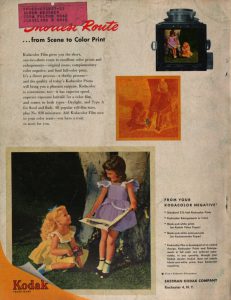
Not deterred by it’s lukewarm reception, Kodak continued to improve the film and in early 1950 would release an updated version that both improved color accuracy and speed. Initially offered only in roll film sizes from 828 to 616, each roll of film was $2 regardless of format. Development was included in the price, as was common with Kodak films of the era, however prints cost an additional 36 cents each. Assuming a twelve exposure roll of 127 or 120, the total cost for the film plus 12 prints would be $6.32, which when adjusted for inflation compares to about $64 today!
Another advantage of Kodacolor, compared to other Kodak color films was that it was pretty fast. Rated at ASA 25 in daylight, it was more than twice as fast as both Kodachrome and Ektachrome which were rated at ASA 8 and 10 respectively. This meant that simple box cameras with smaller apertures could be shot hand held, and when used in cameras with faster lenses, fast motion shots could be obtained with less blur, than compared to other color films.
This week’s Keppler’s Vault is from the October 1951 issue of Modern Photography in which editor John Wolbarst gives this new Kodacolor film a thorough review along with some sample images and tips for shooting color film.
In the 1950s, Kodak’s biggest competitor was AGFA who matched Kodak’s films product for product. Both companies offered black and white and color negative and transparency films in nearly all the same speeds but when it came to promoting a color negative film like Kodacolor, Kodak’s biggest competitor was themselves.
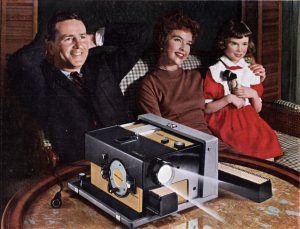
After the war, Kodak’s most popular color film was Kodachrome with Ektachrome in close second. The general consensus for people who shot color was that slide film was superior to negative film. The article addresses this on it’s 4th page (original page 55) comparing negative prints to slide transparencies. The biggest advantage to Kodachrome is that when projected with a very bright light onto a white screen in a dark room, colors are more vibrant and contrasty than they really are on the film itself. When you step away from a slide projector, the prints that could be made from Kodachrome and Kodacolor actually were quite comparable. Sure, projecting slides has some advantages, but you can bring prints with you anywhere and don’t need any extra equipment to enjoy them.
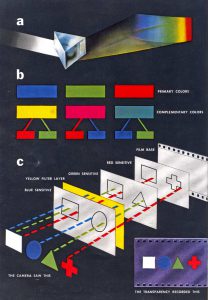
As was the case with all color films, additional understanding of how the film best worked was a requirement. With black and white film, shooting skin tones or landscapes during the “golden hour” wasn’t a huge challenge, but with color film it was. John Wolbarst spends a good amount of time offering suggestions on how to get accurate skin tones, warning not to shoot within two hours after sunset or two hours before sunrise as the colors will be far too orange. He also says that images will have a heavy blue tint on cloudy or heavy overcast days. These are all challenges that exist today, but in the 1950s when the concept of shooting color film was still very new, they were major things to consider.
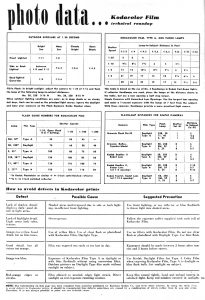
Accompanying the 1951 article was this handy Photo Data sheet that offered a variety of shooting recommendations for Kodacolor in different natural light and flash lighting situations. There is also a short section on troubleshooting common faults and how to correct them.
Nothing is discussed about developing, as in those days the film was processed in house in Rochester, and very little is known about how it was done. By 1956 the C-22 process would be invented which allowed Kodacolor to be processed at home by those who wanted to.
In 1956, Kodacolor would be updated once again, this time as Kodacolor Universal, which both improved the daylight speed of the film to ASA 32 and allowed for more accurate colors while shooting both in daylight and with flash without having to use filters. Kodacolor Universal film replaced the earlier version so it was simply still marketed as Kodacolor, without the “Universal” moniker.
In the above article, John Wolbarst makes a recommendation to an earlier article from July 1951 called “Color: For Beginner and Expert” by Robert Kafka. In Kafka’s article, he spends more time on recommendations for color photography, regardless of which film you use.
His article is a bit technical, going into how color film works, and while I found it pretty fascinating, the science of it was a bit over my head, but is still worth a read if you are curious.
All scans used with permission by Marc Bergman, 2020.

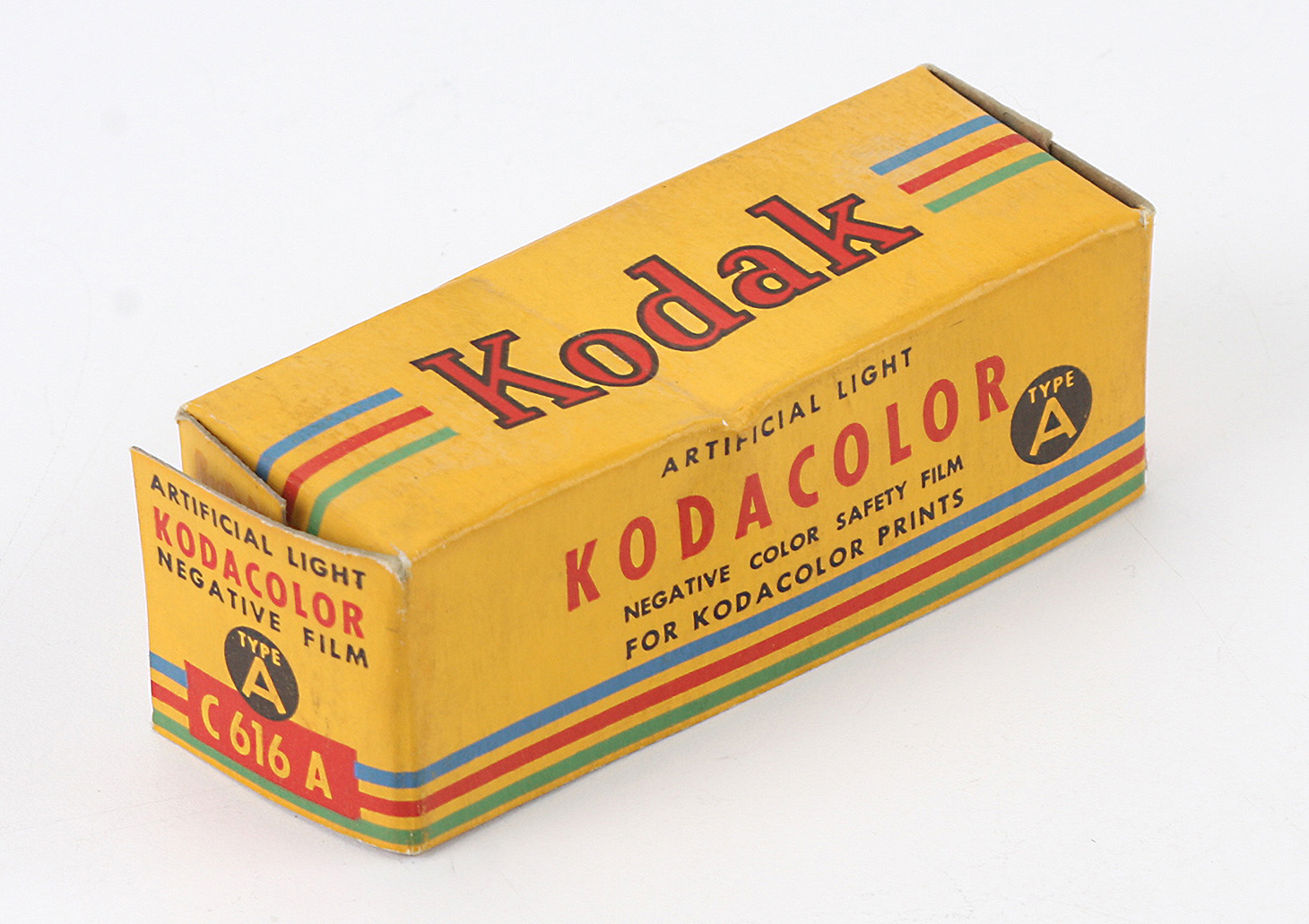
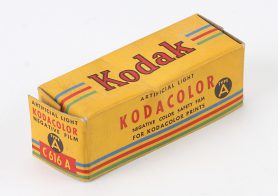
My memory of photography in the 1950’s is a bit hazy, since about all I can remember was using Ye Olde Kodak Brownie Six-Twenty to take ordinary photos of life in Aiea, a sleepy sugar plantation town back in those days. I think the film in use was Verichrome Pan, which was processed at the local drugstore just down the hill, a mile or two away. Those were the days of tiny 3X3 inch prints that were Nu-Ace corner-pasted into the black paper pages of a photo album.
What did the older folk use? The next step up was a Yashica 44, which used 127 roll film. Top of this heap was the Rolleicord V, which used 120 roll film. Color film was an adult thing, since that was 135 Kodachrome used by Ye Olde Leica IIIa or Nikon S2. Kodacolor? Color print film? that didn’t exist in my world until I’d graduated to the Leica IIIa, when Kodacolor-X at ASA 80 was it.
The usual thing was to have prints made from Kodachrome slides rather than using Kodacolor print film. Polaroid and Polacolor was the alternative, though “instant color” prints were “meh” compared with Kodachrome.
Now that I think of it, there was a Kodak Brownie camera as well, which I associate with my older sister, since I don’t recall using this 127(?) roll film camera. That was photographic life for elementary school teachers back then, mostly black-and-white with some Kodachrome for color.;)
I learned a lot here. Good information. Thank you.
Glad to hear it, Arnold!